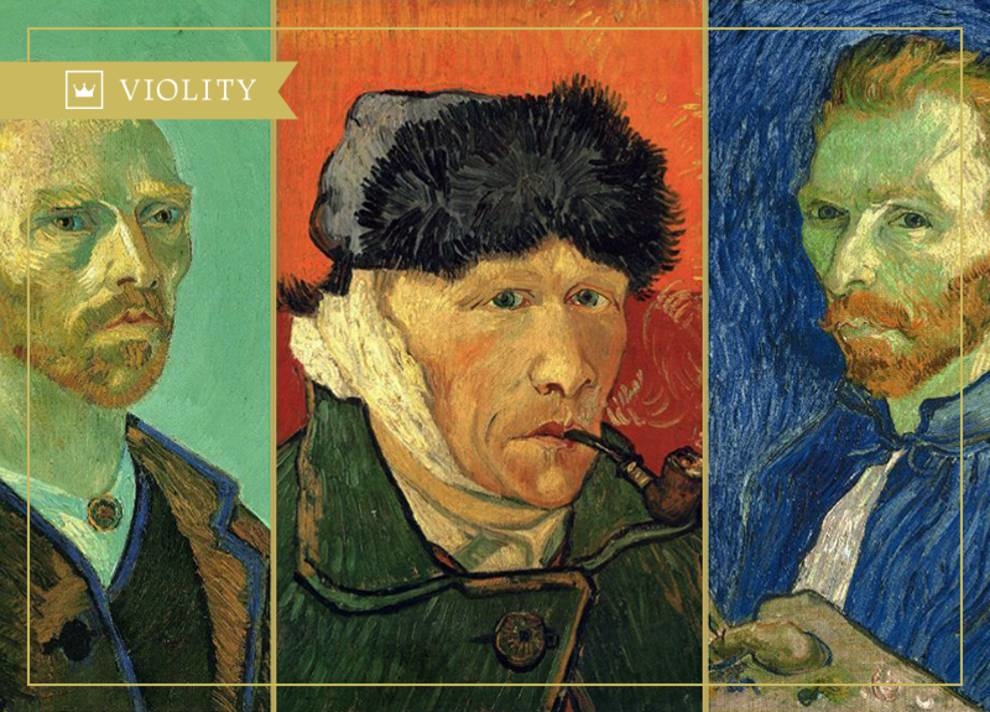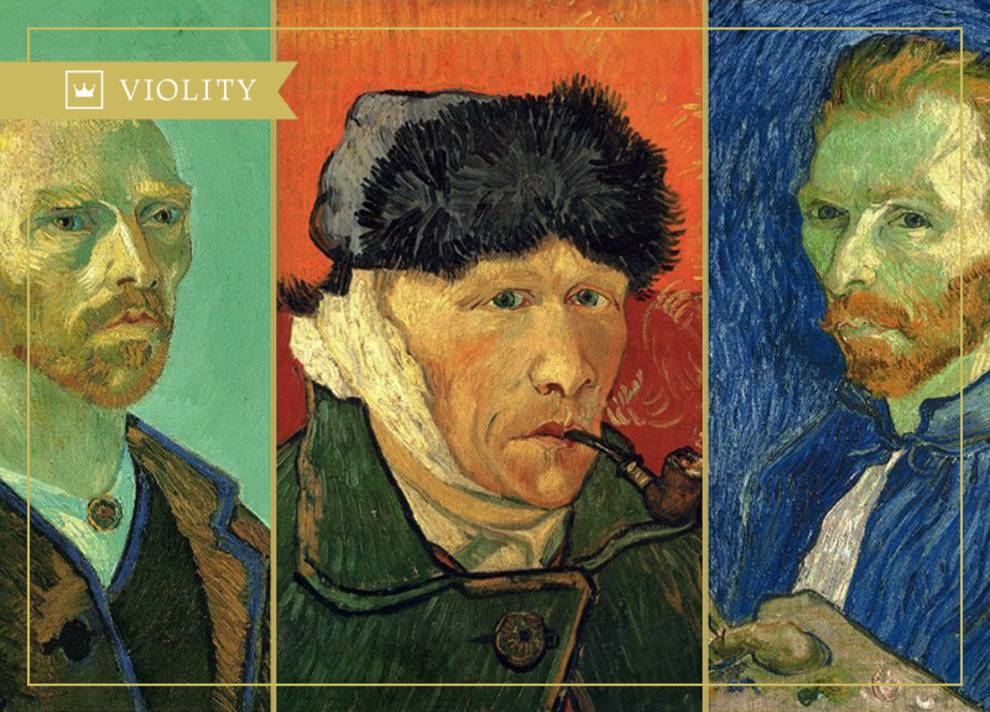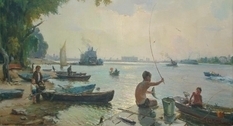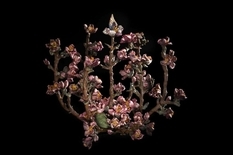
Vincent van Gogh: recognition after death
In mid-March 1901, one of the most iconic exhibitions of Vincent Van Gogh took place in Paris. The paintings of the Dutch painter, expressive, built on the contrasts of colors, became a sensation in the world of art. And this is 11 years after the suicide of their author.
Van Gogh became interested in painting in 1880. With the support of his brother Theo, he went to Brussels, where he began attending classes at the Royal Academy of Fine Arts. But a year later he dropped out of school and returned to his parents. Then Van Gogh believed that the artist does not necessarily have to have talent, the main thing is to work hard and hard, so he continued his studies independently.
In the autumn of 1885, Van Gogh unexpectedly left for Antwerp, where he began to attend painting classes again - this time in the painting class at the Academy of Fine Arts. In the evenings I attended a private school where I painted nude models. However, a year later, Van Gogh left Antwerp in Paris for his brother Theo, who was engaged in trade in works of art.
There, under the influence of the Impressionists, fascinated by the color and richness of colors, radically changed his style of drawing (“Wheat field with a lark”, “Daddy Tangi”). These were the first successful works of the painter in the postmodern style.

Despite the creative growth, the public still did not perceive and did not buy his paintings, which was very painfully perceived by Vincent. By mid-February 1888, the artist decided to leave Paris and move to the south of France - to Arles, where he intended to create the "Studio of the South" - a kind of brotherhood of like-minded artists working for future generations. The most important role in the future workshop Van Gogh gave Paul Gauguin.
There, the originality of his creative manner and artistic program were finally determined: "Instead of trying to accurately depict what is before my eyes, I use color more arbitrarily, so as to express myself most fully."
Since 1888, signs of mental illness of Van Gogh increasingly began to appear; he moved to the south of France and the next 12 months were the most fruitful period of the artist. He painted "Blooming Plum", "Bridge of Langlois", "Valley of La Cros", "Night Cafe".
Mental illness of Van Gogh led him to the hospital for the mentally ill, after leaving in May 1890 he settled in Auvers-sur-Oise near Paris. Here he enthusiastically worked the next few months, but in one of the periods of mental crisis, feeling that his illness was becoming a burden to others, fatally wounded himself.
During his lifetime, Van Gogh exhibited only a few works in Paris and Brussels, but did not receive due recognition. Glory to him came only after the Paris exhibition in 1901, when he was recognized as an outstanding master post-impressionist. In subsequent decades, it has consistently grown and today his paintings are world masterpieces.
Van Gogh became interested in painting in 1880. With the support of his brother Theo, he went to Brussels, where he began attending classes at the Royal Academy of Fine Arts. But a year later he dropped out of school and returned to his parents. Then Van Gogh believed that the artist does not necessarily have to have talent, the main thing is to work hard and hard, so he continued his studies independently.
In the autumn of 1885, Van Gogh unexpectedly left for Antwerp, where he began to attend painting classes again - this time in the painting class at the Academy of Fine Arts. In the evenings I attended a private school where I painted nude models. However, a year later, Van Gogh left Antwerp in Paris for his brother Theo, who was engaged in trade in works of art.
There, under the influence of the Impressionists, fascinated by the color and richness of colors, radically changed his style of drawing (“Wheat field with a lark”, “Daddy Tangi”). These were the first successful works of the painter in the postmodern style.

Photo © jnsm.com.ua
Despite the creative growth, the public still did not perceive and did not buy his paintings, which was very painfully perceived by Vincent. By mid-February 1888, the artist decided to leave Paris and move to the south of France - to Arles, where he intended to create the "Studio of the South" - a kind of brotherhood of like-minded artists working for future generations. The most important role in the future workshop Van Gogh gave Paul Gauguin.
There, the originality of his creative manner and artistic program were finally determined: "Instead of trying to accurately depict what is before my eyes, I use color more arbitrarily, so as to express myself most fully."
Since 1888, signs of mental illness of Van Gogh increasingly began to appear; he moved to the south of France and the next 12 months were the most fruitful period of the artist. He painted "Blooming Plum", "Bridge of Langlois", "Valley of La Cros", "Night Cafe".
Mental illness of Van Gogh led him to the hospital for the mentally ill, after leaving in May 1890 he settled in Auvers-sur-Oise near Paris. Here he enthusiastically worked the next few months, but in one of the periods of mental crisis, feeling that his illness was becoming a burden to others, fatally wounded himself.
During his lifetime, Van Gogh exhibited only a few works in Paris and Brussels, but did not receive due recognition. Glory to him came only after the Paris exhibition in 1901, when he was recognized as an outstanding master post-impressionist. In subsequent decades, it has consistently grown and today his paintings are world masterpieces.


